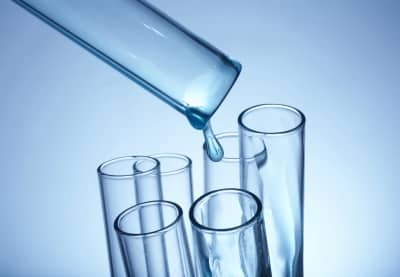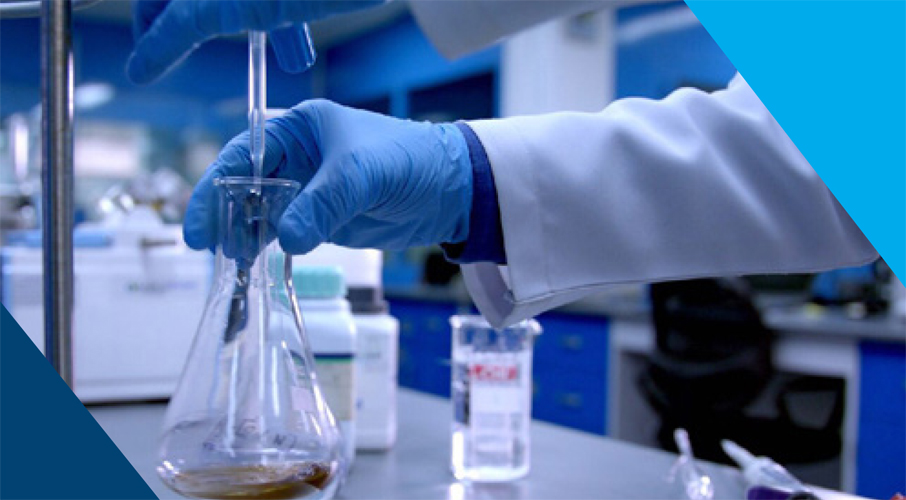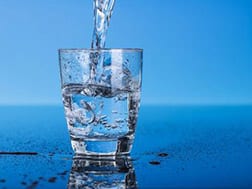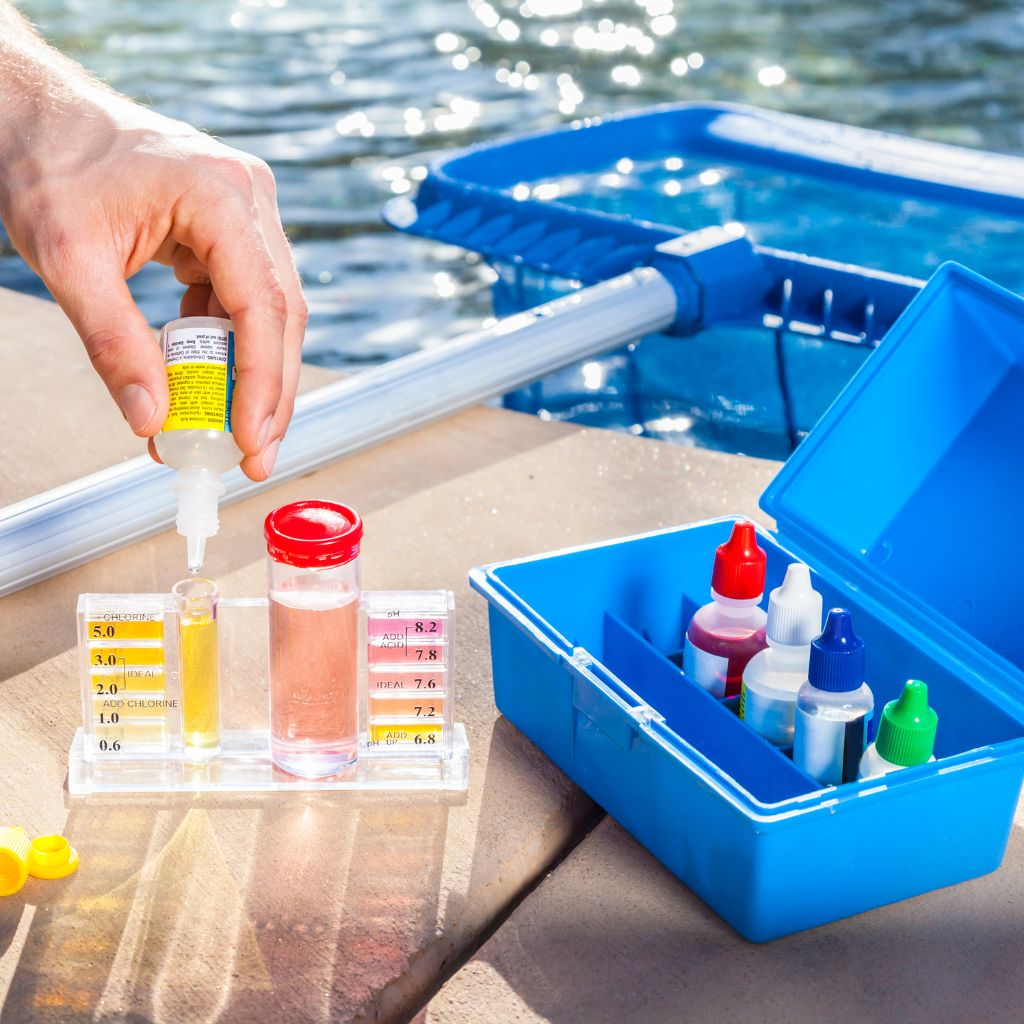Professional Water Testing Services Orlando: Secure Your Water High Quality
Professional Water Testing Services Orlando: Secure Your Water High Quality
Blog Article
Discover What Is Included in Water Testing and Exactly How It Makes Certain Safe Drinking Water
Recognizing the complexities of water testing is pivotal in making certain the high quality and safety of our alcohol consumption water. With a thorough assessment of physical, chemical, and microbiological aspects, water screening identifies possible contaminants that could pose health and wellness risks.
Trick Components of Water Screening
Water screening is an essential procedure that includes numerous crucial parts to make certain the safety and security and high quality of alcohol consumption water. One of the main components is the evaluation of physical features, including shade, turbidity, and smell. These qualities can supply initial understandings right into the water's condition and prospective contamination resources. Additionally, making certain the pH equilibrium of water is essential, as it affects the water's corrosiveness and the efficacy of disinfection processes.
Another considerable part involves microbiological analysis, where water samples are analyzed for the existence of bacteria such as microorganisms, viruses, and protozoa. This analysis is important to determine biological dangers that might posture health threats if taken in. Chemical analyses are performed to identify not natural and natural substances, such as hefty steels, nitrates, and pesticides, that might be existing in the water supply.

Spotting Harmful Impurities
Spotting harmful pollutants in drinking water is an essential aspect of safeguarding public wellness. This procedure includes recognizing prospective threats that can jeopardize the quality and security of water products. Contaminants can vary from microorganisms such as germs, infections, and protozoa, to inorganic substances like lead, arsenic, and nitrates, as well as organic toxins consisting of pesticides and commercial chemicals. Each sort of pollutant postures distinct health and wellness threats, making their discovery important to guarantee the water eaten by the public is secure.
Water testing for contaminants is commonly conducted by regulatory agencies and water utilities, employing a combination of field sampling and lab evaluation. These analyses are created to identify both normally taking place materials and anthropogenic toxins that might have gotten in the water supply through agricultural drainage, commercial discharge, or maturing framework. Normal tracking is necessary, as contamination levels can vary as a result of ecological changes, seasonal variants, or human tasks.
The recognition of damaging pollutants informs necessary actions, such as water treatment interventions or public advisories, to mitigate threats. Early discovery is crucial to avoid unfavorable health effects, varying from stomach health problems to long-lasting problems like cancer cells, thus making sure the continued safety and security of alcohol consumption water.

Chemical Evaluation Techniques
In the world of making sure safe alcohol consumption water, chemical analysis methods play a critical role in determining and quantifying pollutants. These methods are necessary for discovering a wide array of chemical materials, consisting of heavy metals, pesticides, and commercial toxins, which can present considerable wellness risks. Methods such as atomic absorption spectroscopy (AAS) and inductively coupled plasma mass spectrometry (ICP-MS) are frequently utilized to measure trace levels of steels like mercury, arsenic, and lead. These instruments supply precise quantification, helping with conformity with governing standards.
Gas chromatography-mass spectrometry (GC-MS) is an additional critical technique, particularly for organic compounds. It divides complicated blends and recognizes unpredictable and semi-volatile natural substances, ensuring that contaminants like benzene and toluene are within safe limits. High-performance liquid chromatography (HPLC) is similarly utilized for non-volatile materials, consisting of particular chemicals and drugs.
Ion chromatography is utilized to identify focus of cations and anions, such look at here as nitrates and sulfates, which are essential in examining water quality. These chemical analysis strategies jointly make sure that drinking water remains secure by identifying discrepancies from established purity standards, consequently securing public health. Ensuring accuracy and accuracy in these examinations is vital to preserving the integrity of water safety and security evaluations.
Microbiological Evaluating Methods
Exact microbiological screening is vital for securing public health by making certain that drinking water is devoid of unsafe microorganisms. This process entails detecting and enumerating microbes such as bacteria, infections, and protozoa that may infect water products. Usual pathogens consist of Escherichia coli, Giardia, and Cryptosporidium, each positioning substantial health and wellness threats.
A number of techniques are employed in microbiological screening to recognize these risks. The membrane layer filtration strategy is frequently used, involving water going through a filter that captures germs, which are after that cultured to determine their existence and focus. The multiple-tube fermentation approach enables the metrology of coliform bacteria utilizing a collection of dilution and incubation actions.
Developments in modern technology have actually introduced molecular methods such as polymerase chain reaction (PCR), have a peek at this website which allows for the fast and very specific discovery of microorganisms by amplifying their genetic material. Enzyme-linked immunosorbent assays (ELISA) likewise use an approach to detect pathogens by identifying particular healthy proteins or antigens.
These differed techniques are crucial for comprehensive water quality assessment, guaranteeing that water therapy procedures work which circulation systems keep security. By utilizing these microbiological screening approaches, prospective carcinogen can be determined and alleviated without delay.

Relevance for Public Health And Wellness
Making certain the microbiological safety of alcohol consumption water directly affects public health by avoiding the spread of waterborne conditions. Microorganisms such as germs, viruses, and protozoa can lead to ailments like cholera, dysentery, and stomach infections (Water Testing Service). The implementation of thorough water screening protocols is extremely important in determining and reducing these threats, therefore safeguarding communities from potential break outs
Routine water testing not just discovers microbial contaminants however also analyzes chemical and physical specifications that can impact wellness. Excessive levels of nitrates or hefty metals such as lead can posture major wellness risks, especially to at risk populations like infants and expectant women. By recognizing these hazards early, water testing makes it possible for timely interventions, making certain the water supply stays within safe usage criteria.
Moreover, water testing plays a critical role in preserving public confidence in local water supply. It provides transparency and responsibility, guaranteeing the general public that their wellness is a priority. For policy makers and health officials, the data stemmed from water testing notifies choices on facilities financial investments and public health techniques, making sure sources are guided where they are most required. By doing this, water screening is crucial in advertising a healthier, safer culture.
Verdict
Water screening functions as a vital system for guaranteeing the safety and top quality of alcohol consumption water with comprehensive analysis of its physical, chemical, and microbiological homes. By discovering damaging contaminants, such as hefty metals and chemicals, and using sophisticated methods like chromatography and spectrometry, water testing facilitates the recognition of prospective wellness dangers. The implementation of strenuous testing protocols is vital for keeping compliance with safety and security standards, inevitably securing public health and strengthening self-confidence in municipal water supply.

By recognizing these risks early, water testing allows prompt treatments, ensuring the water supply remains within safe intake criteria.
Water testing serves as a vital system for making certain the safety and security and top quality of alcohol consumption water via extensive assessment of its physical, chemical, and microbiological properties.
Report this page